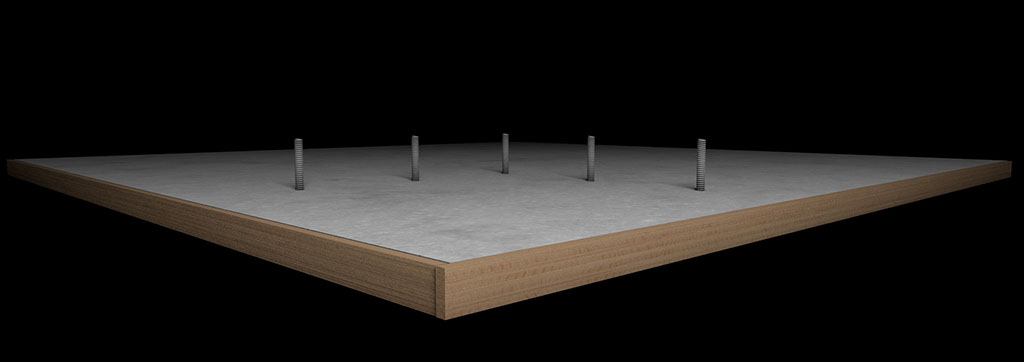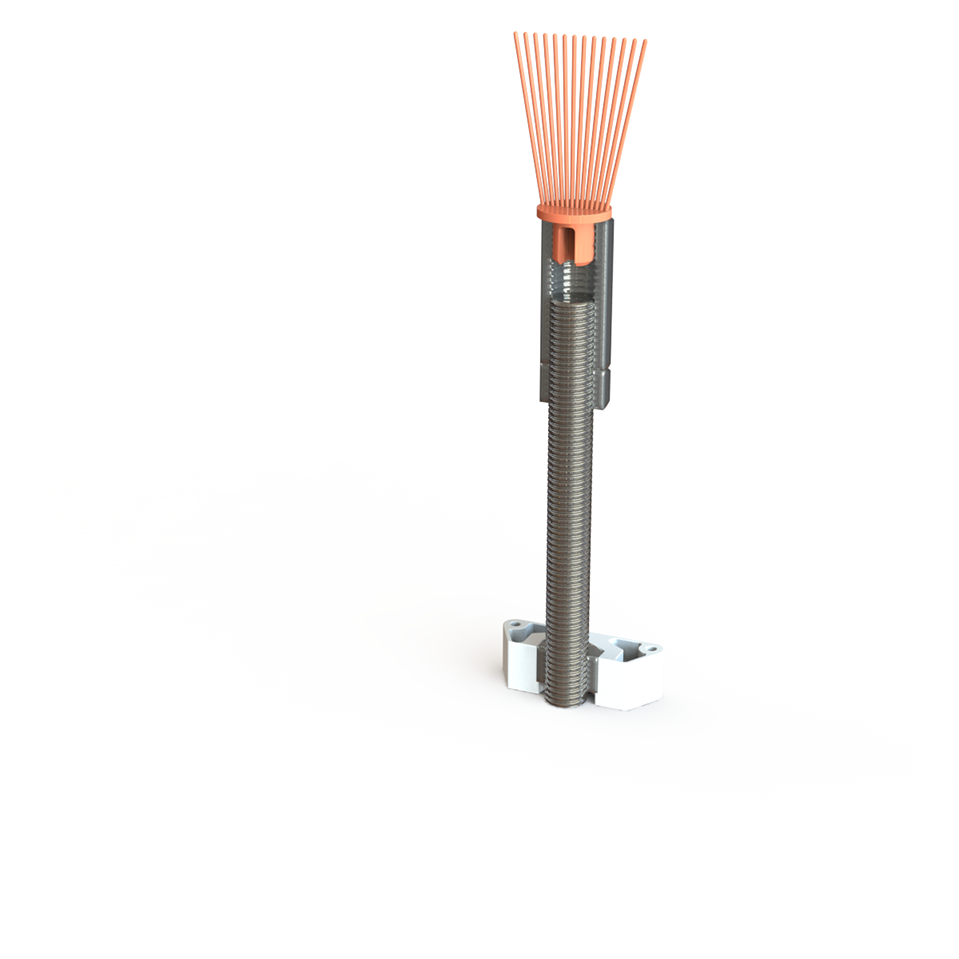The Concept








The locator cap is used to plug the coupler, preventing concrete fouling the threads. It has flexible integrated whiskers which do not interfere with concrete finishing equipment, but will stand up to help easily locate the anchors after the concrete has cured.
The rod coupler is the final connection point for the sill plate anchor bolt. It is supported by the threaded rod flush with the surface of the finished concrete. Final connection is made using a short piece of threaded rod, a hex nut and a plate washer.
The base plate is made by encasing a standard coarse thread flange nut in high impact polypropylene. The casing is nailed to the wooden forms and holds the nut and anchor in place while the concrete is poured and cured. The surface of the nut is exposed above the plastic, and it is this that bears on the concrete.
The threaded rod connects the base plate to the coupler above. It is also the main shear resisting element of the anchor. The anchors are currently available in 5/8" and 3/4" diameters to match common shear bolt specifications. The rod is provided cut to length to ensure the rod is half way into the coupler which sits flush with the top of the concrete.


























































